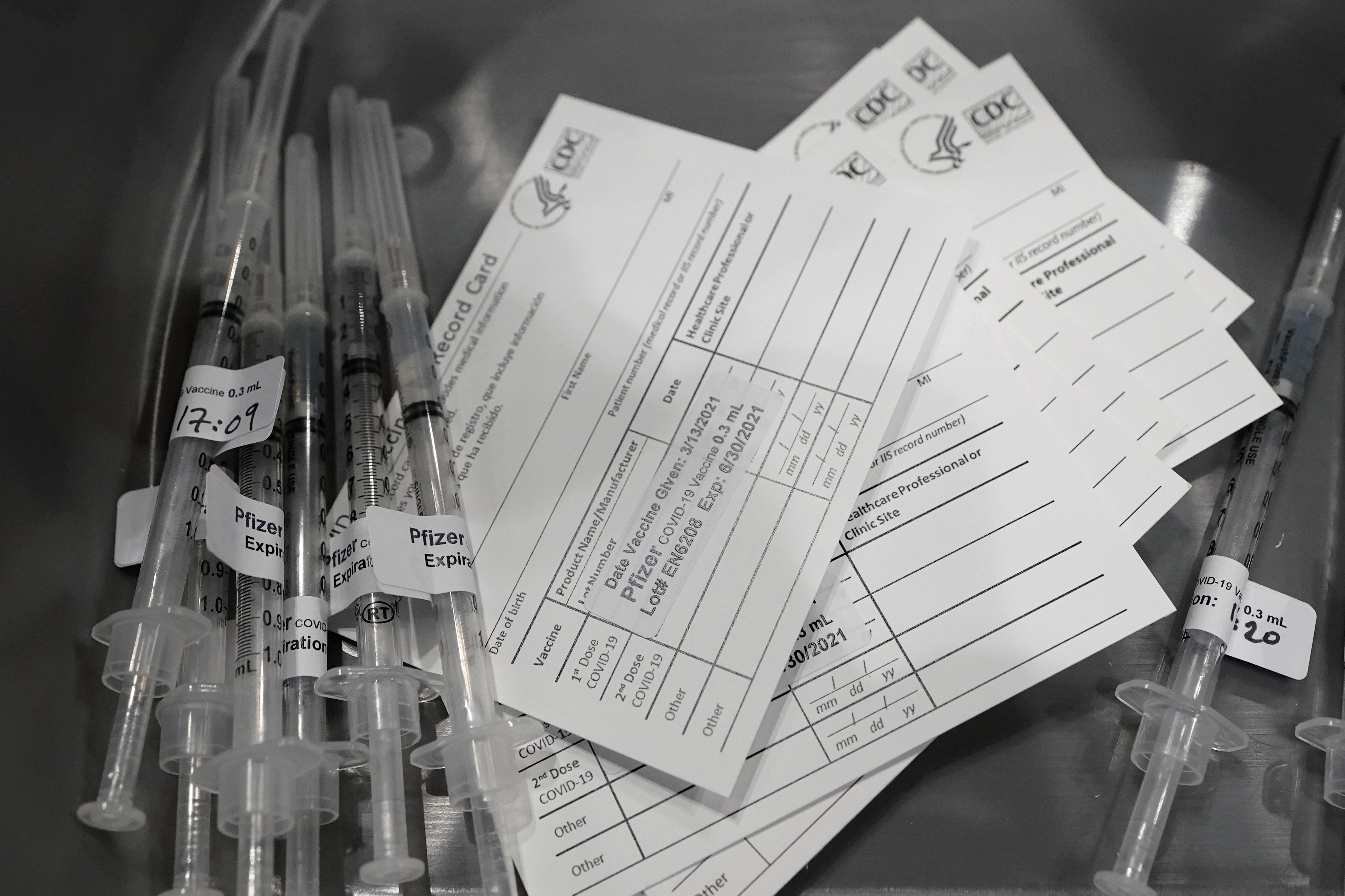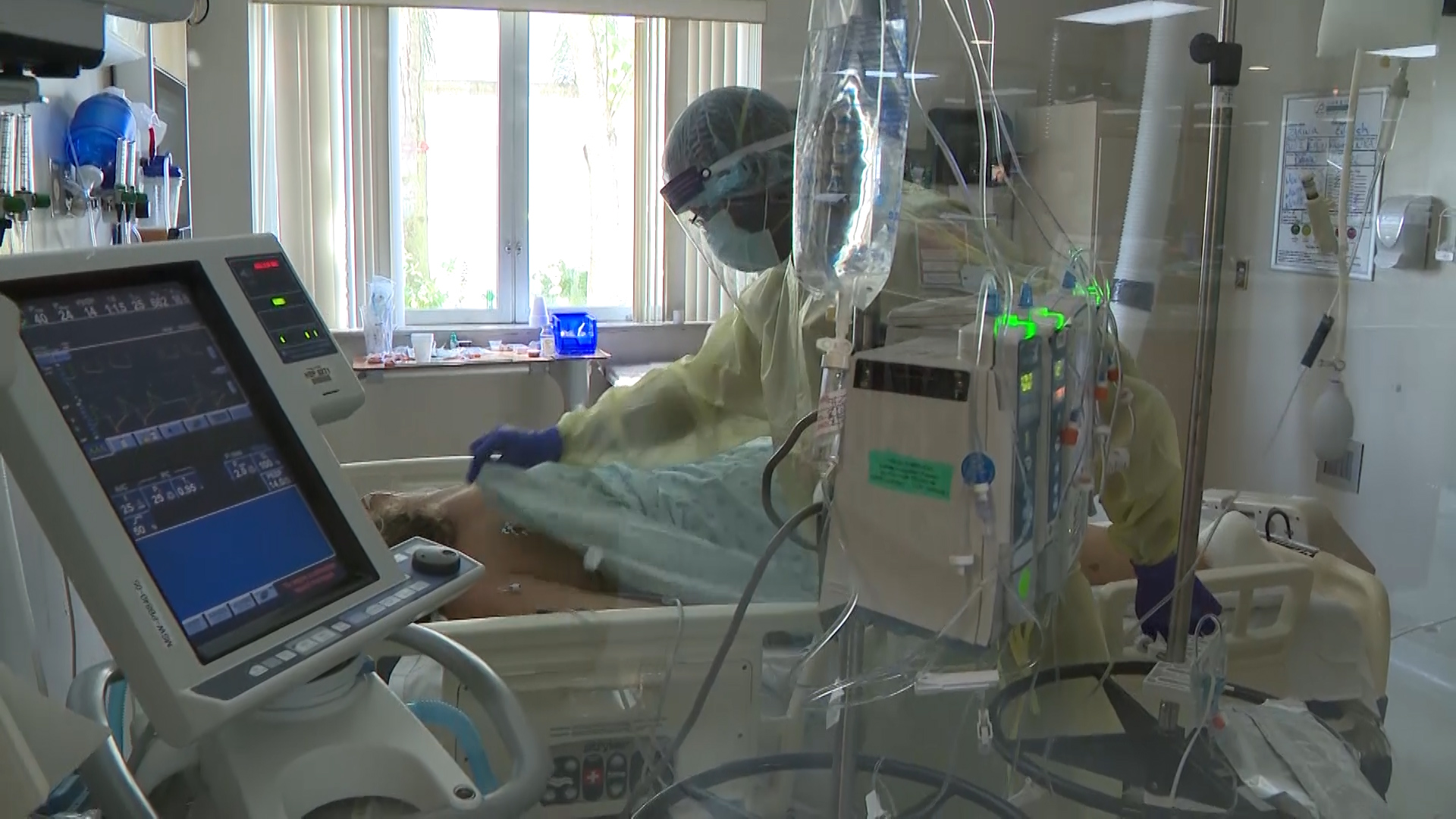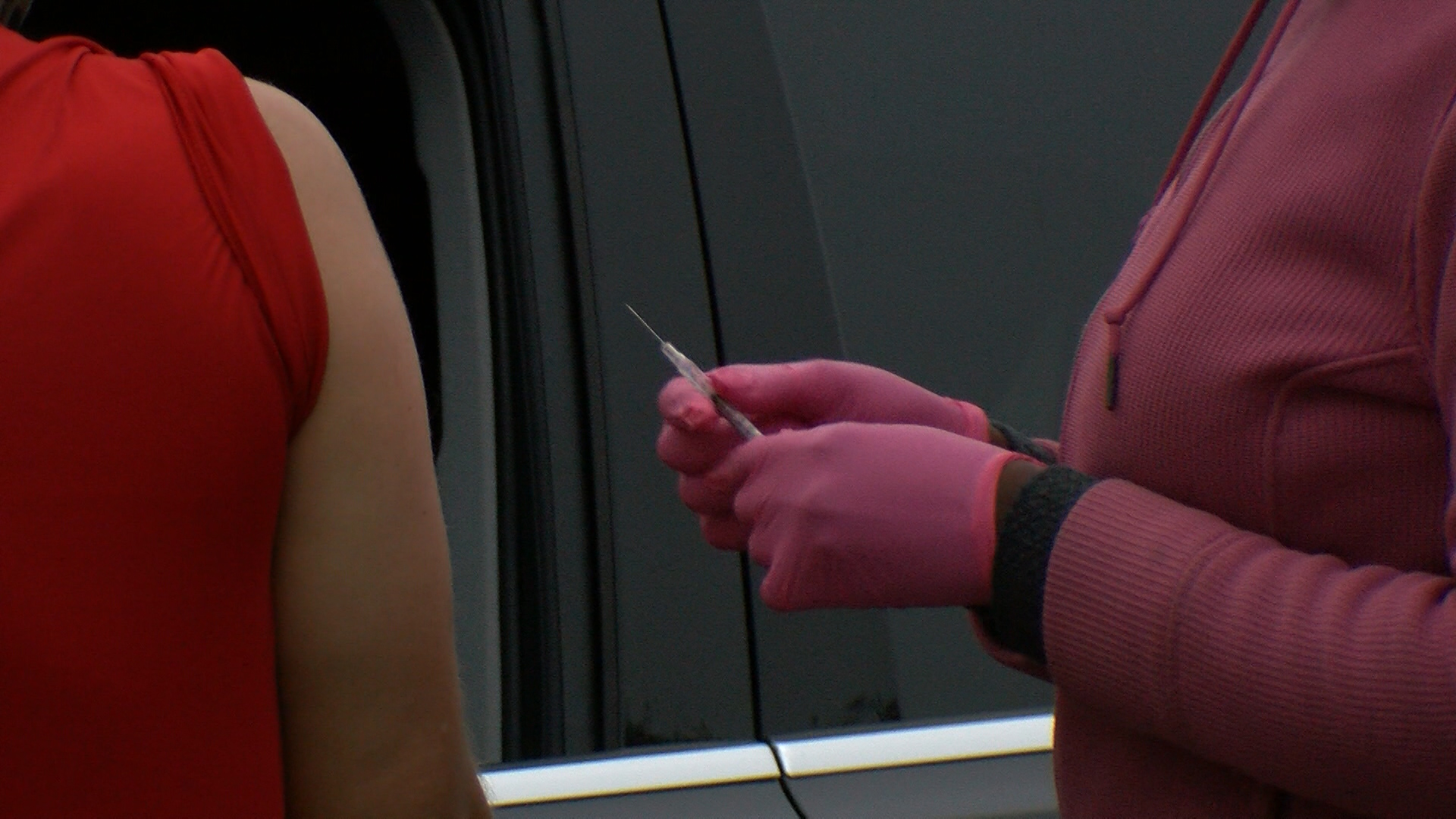TAMPA, Fla. (WFLA) – As more people get vaccinated, it seems more experience side effects from the second COVID-19 vaccine shot.
According to the Centers for Disease Control and Prevention, nearly 7,000 Americans reported reactions during the vaccine rollout in December. It was primarily flu symptoms including headache, fatigue, chills, nausea and muscle aches.
For Marla Green, the second shot represents freedom. She received the shot on Tuesday and now will be able to see family and friends. She’s relieved that the vaccination process is complete, now watching for side effects during this post-vaccine timeframe.
“It’s important to get these people that were at risk taken care of because they’re part of our family,” Green said.
8 On Your Side is separating fact from fiction when it comes to the second shot, asking the questions you want to be answered.
“This is normal, normal side effects. Nothing the Motrin and Tylenol won’t fix,” nurse-practitioner Elizabeth Crosby said.
Crosby is deployed by the Air Force to Tampa’s FEMA vaccine site, she says since the second shot is a booster, it hits the body hard, often triggering a flu-like feeling. But not to worry, she says. It is typically not severe and doesn’t last long.
So how do you know if the side effects are dangerous? What would necessitate a trip to the emergency room? What are the side effects that you should look for? Crosby says go to the ER if you experience any of the following symptoms after the second shot.
“Shortness of breath, chest pain, numbness or tingling in extremities, facial swelling of any kind – tongue, mouth, lips,” said Crosby.
Another popular question that everyone wants to know, after you get the second shot, how long does it take to be totally protected?
When you receive a vaccine, your innate immunity is stimulated first. Within a week and a half or so, your adaptive immunity starts firing, offering you actual protection from the virus. Crosby says 28 days seems to be the magic number for many.
She says the response she gets from patients when sharing this news is emotional, often bringing tears to their eyes.
“It’s been very emotional for a lot of people, it represents hope, light at the end of the tunnel,” Crosby said.










